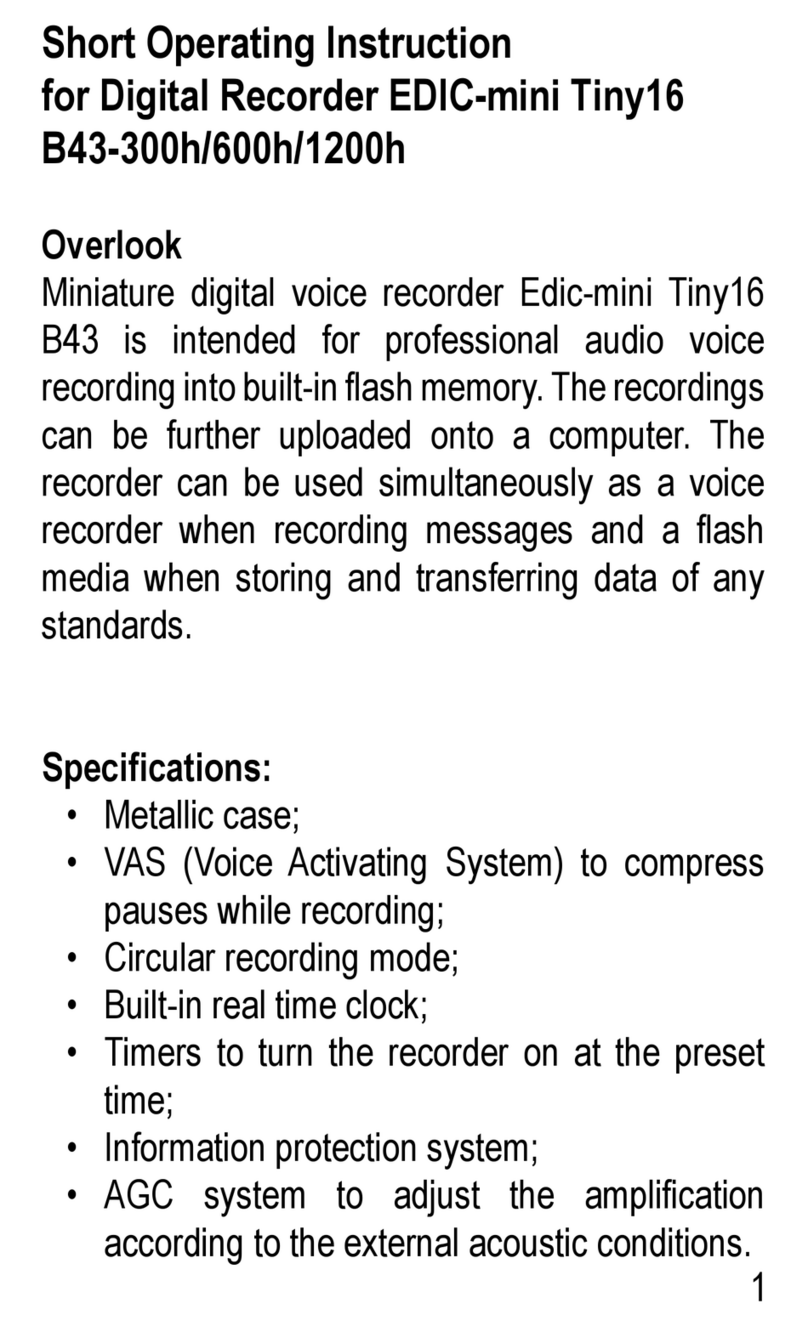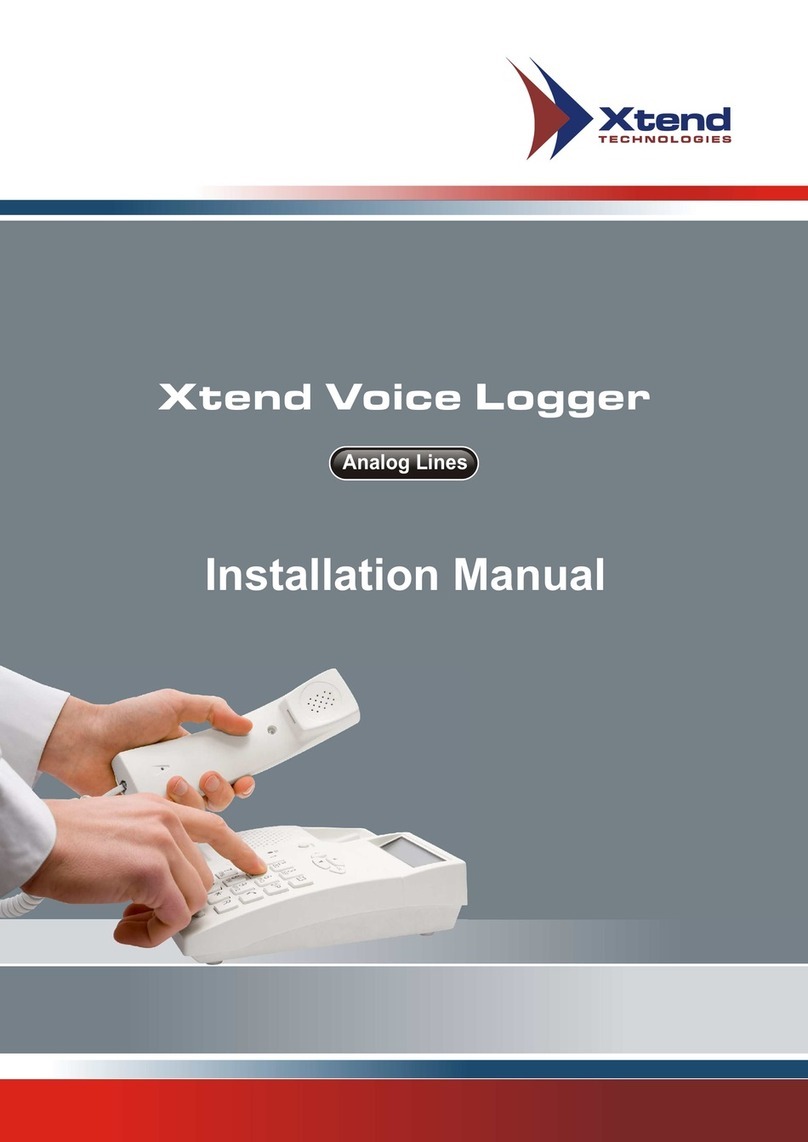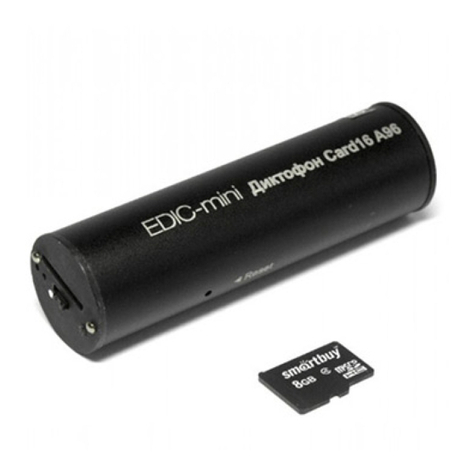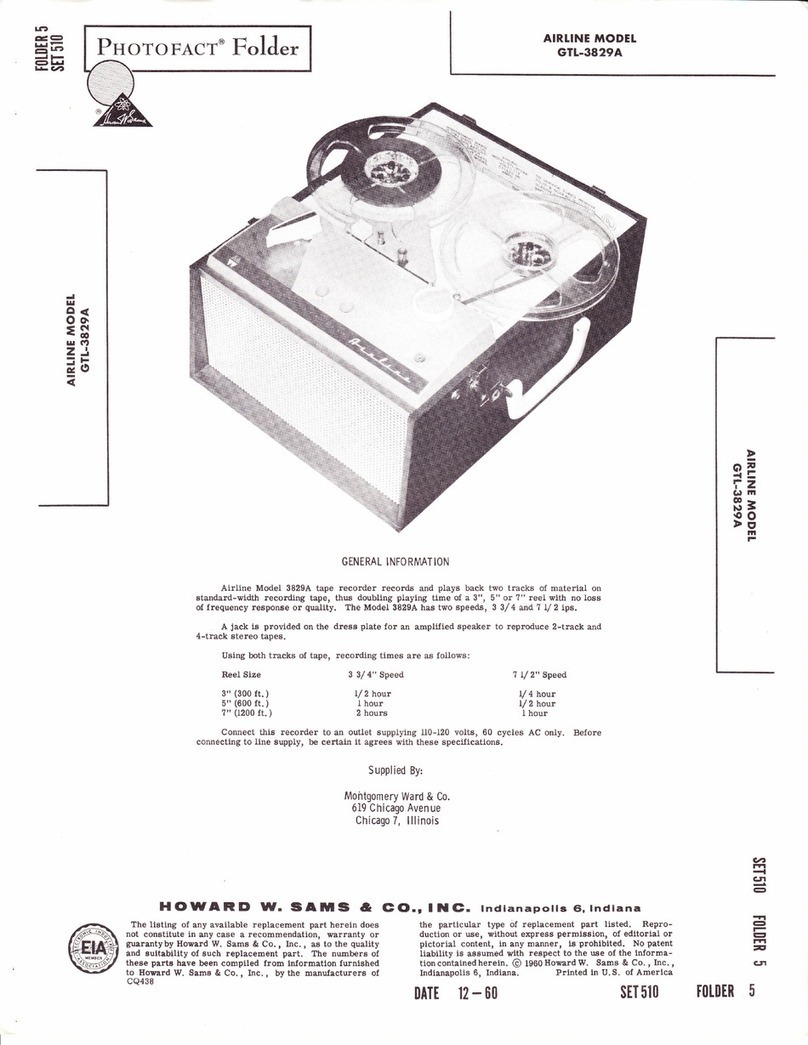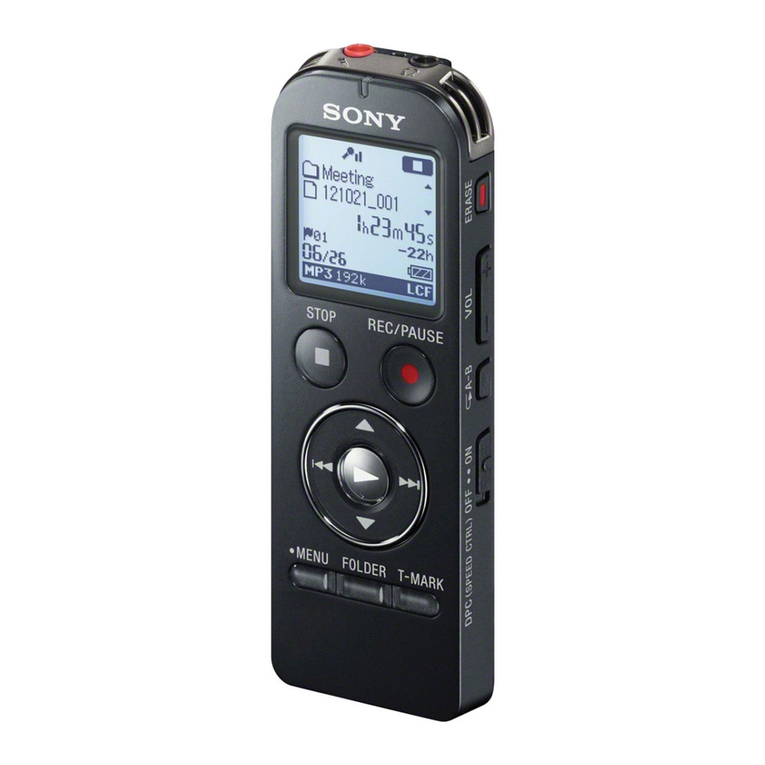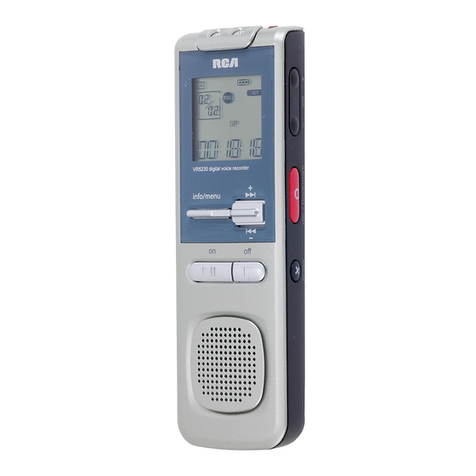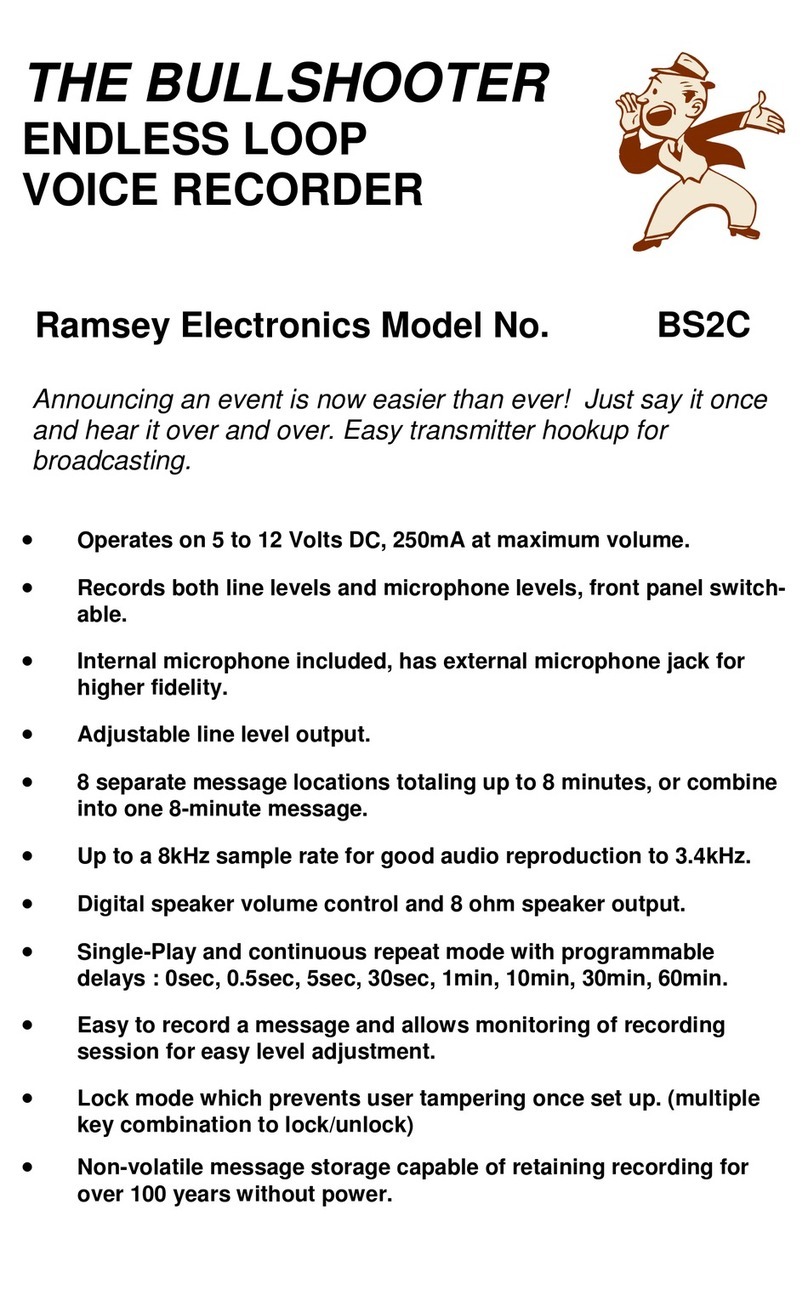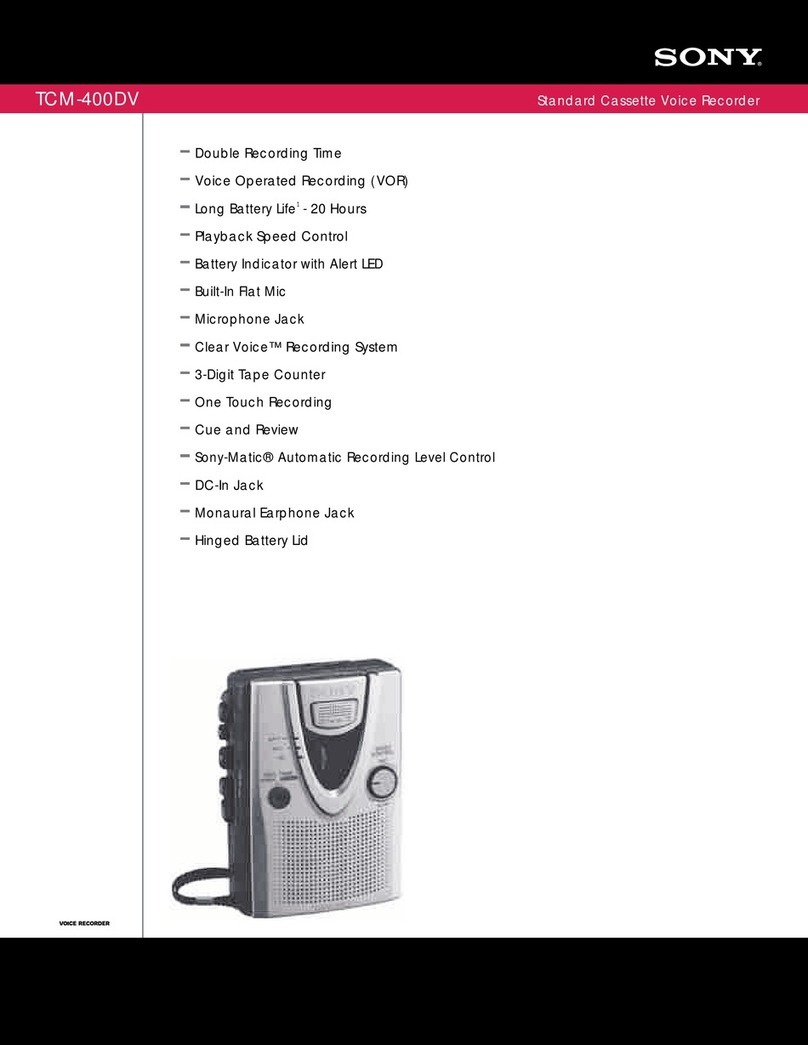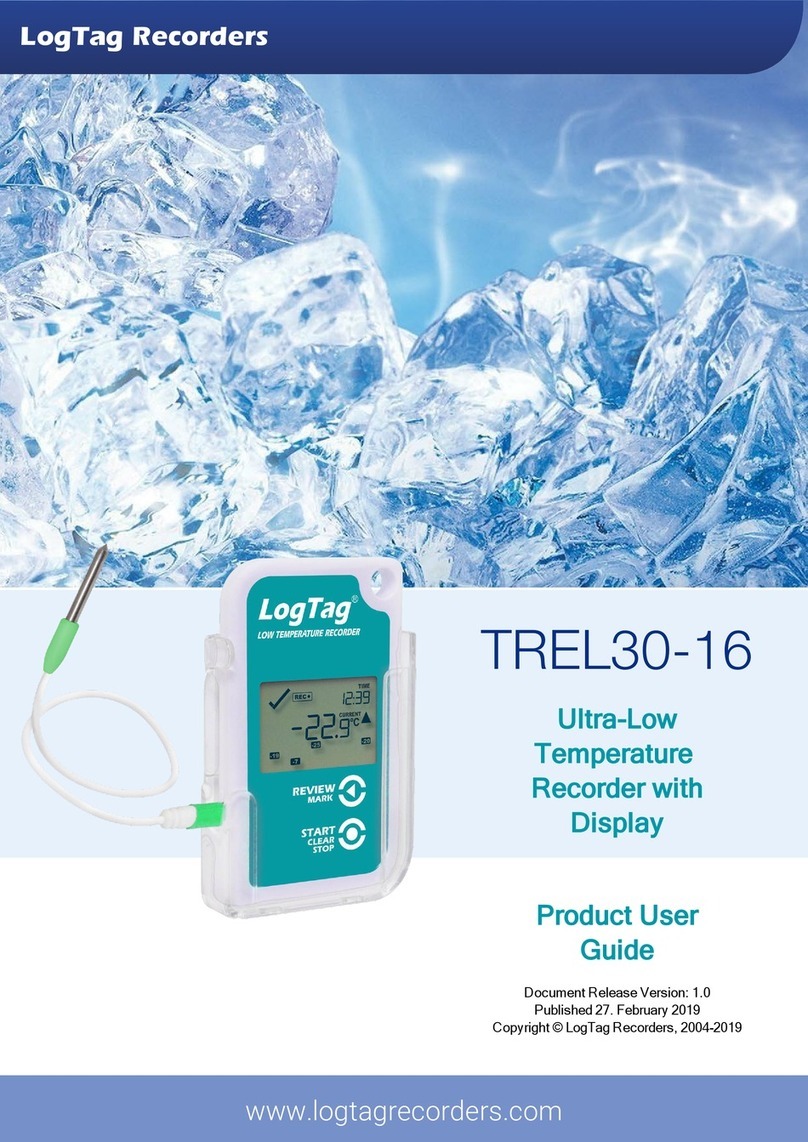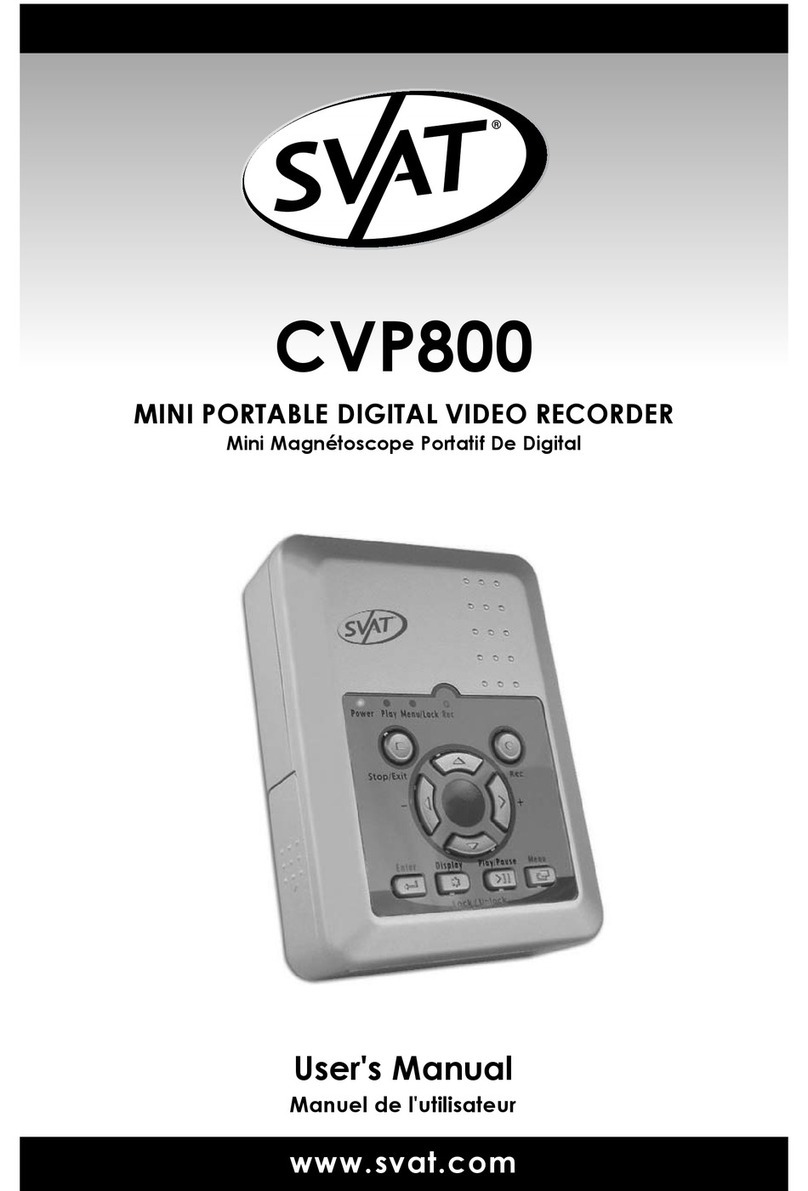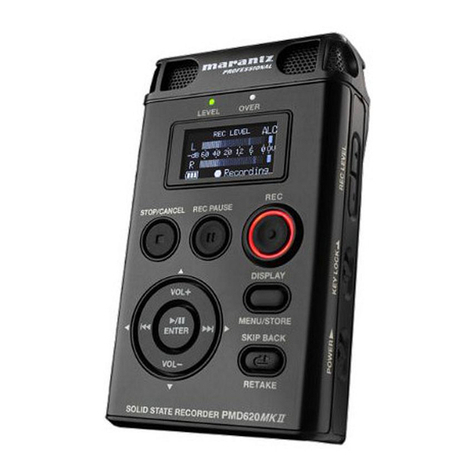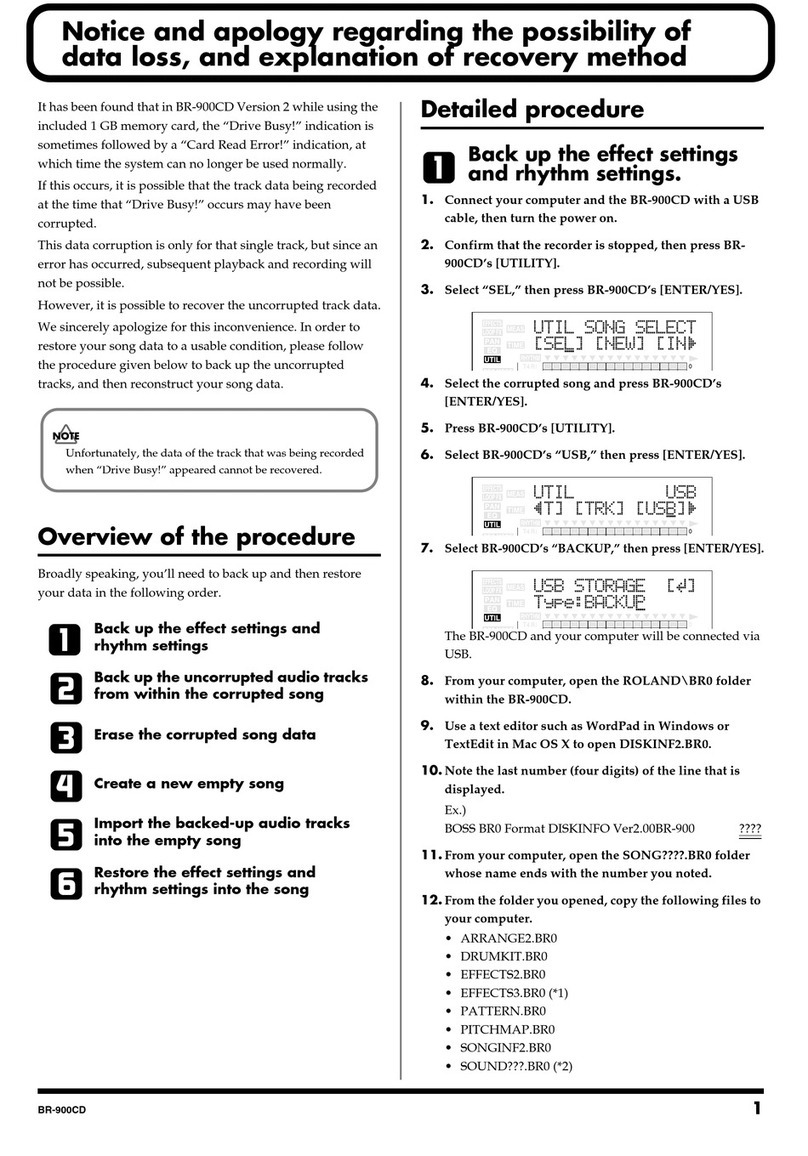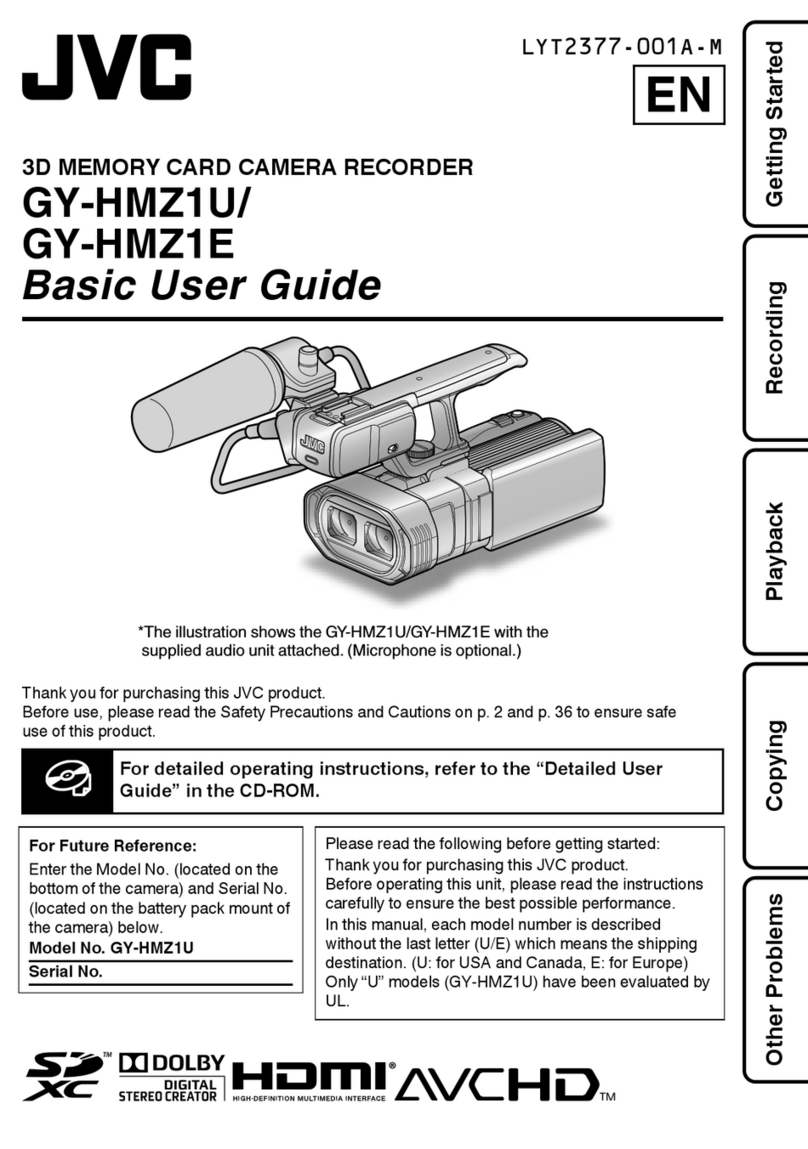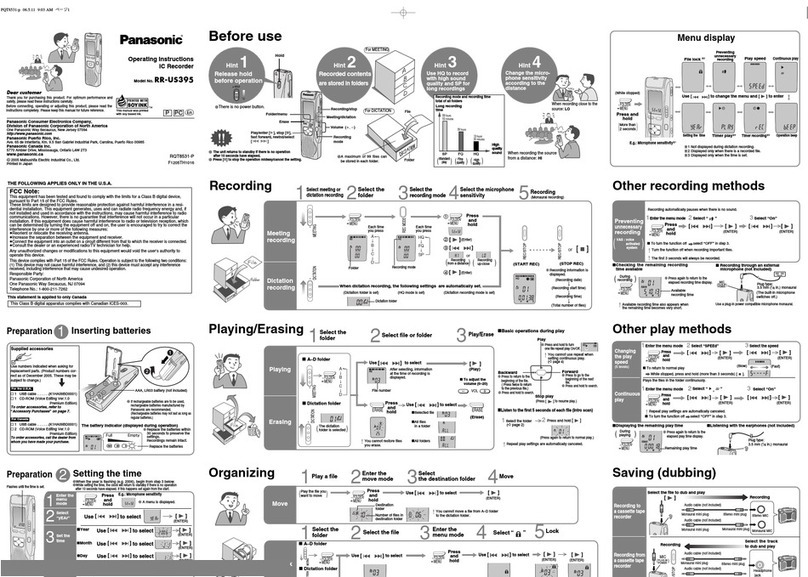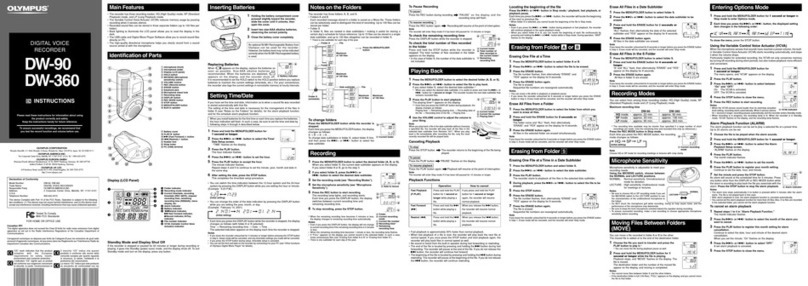
FUNCTIONS OF CONTROLS,
Speed Control
Make sure power is on. With tape threaded,
speedcontrolswitchcanbemovedto the left for 7 Lf2"
per second or, to the right for 3 3/4" per second in
any' push-button position. Make sure the switch
"CL.ICKST' to insure proper engagement. The action
that takes place during a speed change is as follows:
Capstandrive belt (41) rides between the forked
end of speed change fork (52). When the Speed Change
button is moved to the left, the forked end of speed
change fork (52) pivots upward. This lifts capstan
drivebelt (41) high enough to be picked up by an "ear"
on motor pulley (40). The "ear", in turn, places cap-
stan drive belt (41) in the middle pulley of motor pul-
ley assembly (40), resulting in a tape speed of.7 L/2
ips. When the Speed Change button is moved to the
right, the forked end of speed change fork (52) pivots
downward. This lowers capstan drive belt (41) enough
tocontactoneof the "ears" on motor pulley (40). This
"ear", in turn, places capstan drive belt (41) in the
bottompulleyof motor pulley assembly (40), resulting
in a tape speed of 3 3/4 ips.
When the Speed Change button is moved to the
left for the 7 L/2 ips tape speed, speed change fork
(52) contacts and closes equalizer switch (56) in order
to obtain the correct equalization for the ? t/2 ips
tape speed.
Push Button
Mechanical and electrical functions relating to
the Play and Record operations are controlled by the
push buttons. In addition to starting or stopping the
tape, the PIay, Record, and Stop push buttons switch
the electrical circuits in or out when the buttons are
depressed. The mechanical functions for wind and re-
wind are controlled by the Wind and Rewind push but-
tons. The following mechanical action takes place as
each push button is depressed.
NOT E: This s equence of push-button operation orig-
inates with the Stop button depressed.
Play Button
1. Depressing the Play button releases the
Stopbutton. When the Stop button is released, tension
on brake spring (11) is relieved, allowing brake re-
lease spring (10) to puII brake rollers (3) away from
reel rests (14) and (18). Spring (94) is released aI-
lowing the actuator arm on cutoff switch (91) to rest
againsttape. If tapebreaks or spills, the actuator arm
wiIIfall into stop (Bf ) and actuate cutoff switch (91) to
stop drive mechanism.
2. Pressure roller spring (61)pullshead
mounting plate (62) forward, pressing heads against
tapeandpressure pads, also pressing pressure roller
(13?) against tape and capstan.
3. Tension applied to take-up spring (97) pivots
take-upbracket (100). Take-up bracket (100), in turn,
moves take-up clutch assembly (?0) against take-up
reel rest (18) to provide tape take-up.
PAGE 2
INDICATORS, AND SWITCHES
4. Muting switch actuator (127) is released
allowing muting switch (112) to open.
Record Button, Pause Control Lever
1. Depressing the Record button (the Pause
control lever must be held in the forward position to
allow the Record button to be depressed) releases the
Stop button. When the Stop button is released, ten-
sion on brake spring (11) is relieved, allowing brake
release spring (10) to pull brake rollers (3) away
from reel rests (14 and 18). Spring (94) is released
allowingthe actuator arm on cutoff switch (91) to rest
againsttape. If tapebreaks or spills, the actuator arm
willfall into stop (81) and actuate cutoff switch (91) to
stop drive mechanism.
2. Muting switch actuator (L27) is released
allowing muting switch (112) to open.
3. Plunger on depressed Record button moves
record switch (113) to Record position.
WI ND BUTTON
1,. Depressing the Wind button releases the
Stopbutton. When the Stop button is released, tension
on brake spring (11) is relieved, allowing brake re-
Iease spring (10) to pull brake rollers (3) away from
reel rests (14 and 18). Spring (94) is released allowing
the actuator arm on cutoff switch (91) to rest against
tape. If tape breaks, spills or ends, the actuator arm
wilifall into stop (81) and actuate cutoff switch (91) to
stop drive mechanism.
2. Plunger on depressed Wind button pivots
mutlng switch actuator (127) to switch muting switch
(112) to muting position.
3. Tension applied to fast forward spring (36)
pivots rocker arm (34). Rocker arm (34), in turn,
pivots traverse link (31) and traverse pulley (28) to-
ward take-up reel rest (18). Fast traverse beit (32),
which drives traverse pu}ley (28) from motor pulley
(40), contacts take-up reel rest (18) to wind the tape
on the take-up reel at a rapid rate.
Rewind Button
1. Depressing the Rewind button releases the
Stopbutton. When the Stop button is released, tension
on brake spring (11) is relieved, allowing brake re-
Iease spring (10) to puII brake rollers (3) away from
reelrest(14 and 1B). Spring (9a) is released allowing
the actuator arm on cutoff switch (91) to rest against
tape. If tape breaks, spills or ends, the actuator arm
willfall into stop (18) and actuate cutoff switch (91) to
stop drive mechanism.
2. Plunger on depressed Rewind button pivots
muting switch actuator (I27) to switch muting switch
(112) to muting position.
3. Tension appliedto rewind spring (35) pivots
rocker arm (34). Rocker arm (34), in turn, pivots
traverse link (31) and traverse pulley (28) toward re-
wincl reel rest (14). Fast traverse belt (32) contacts
